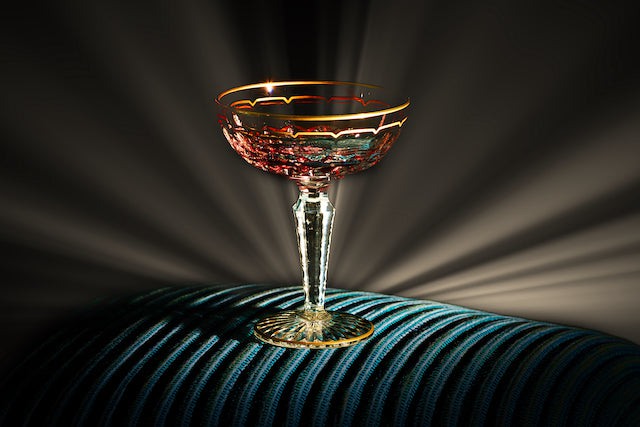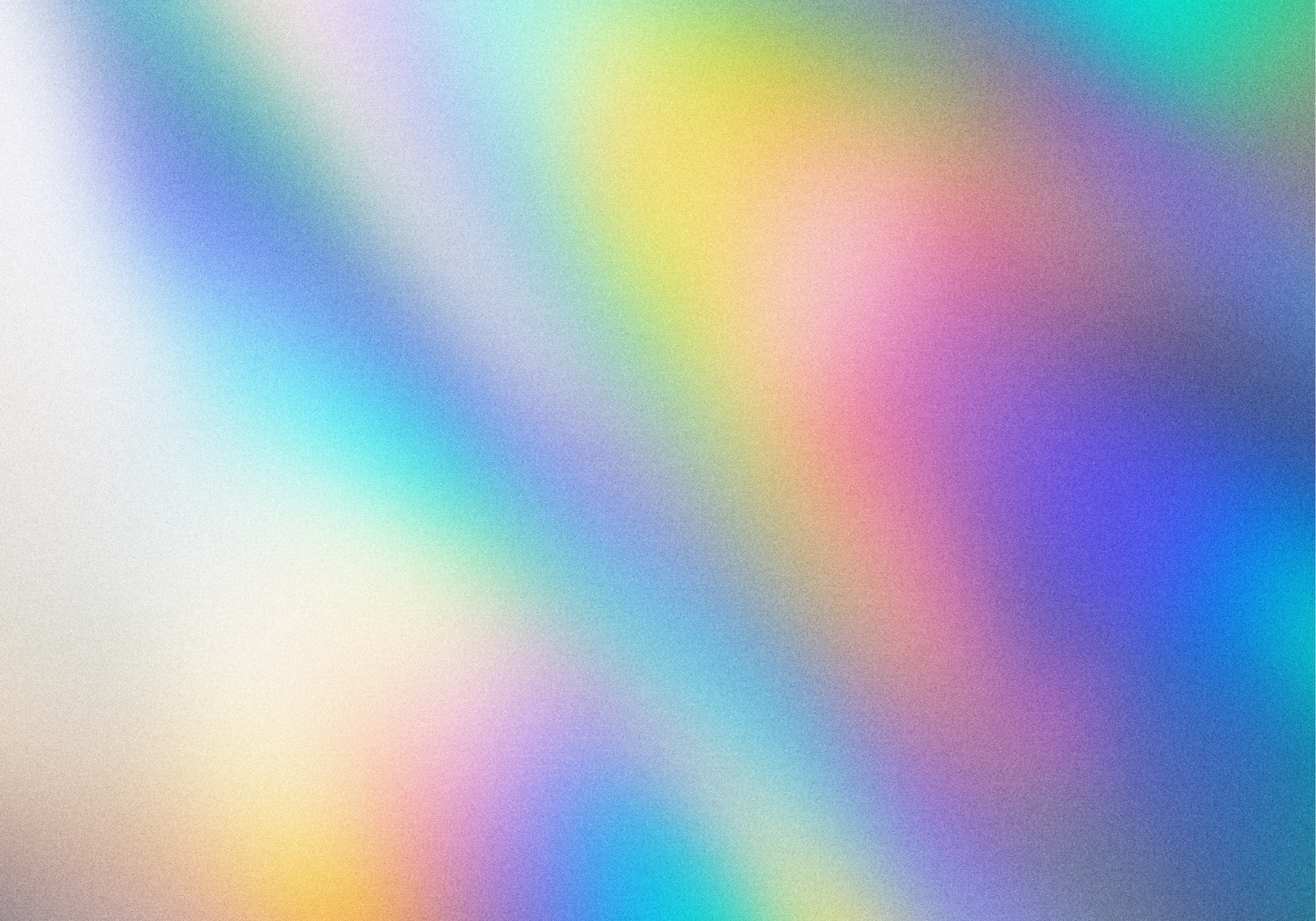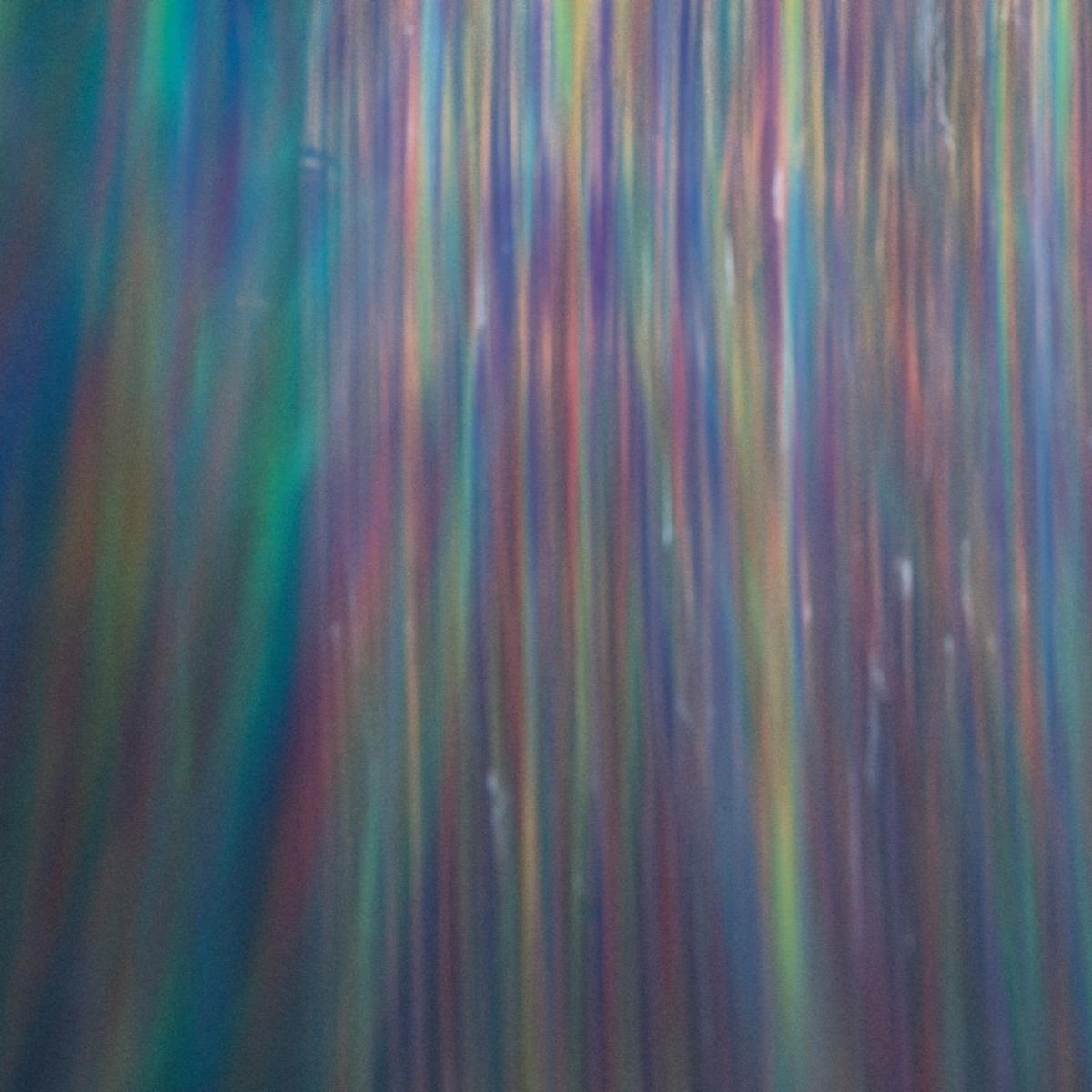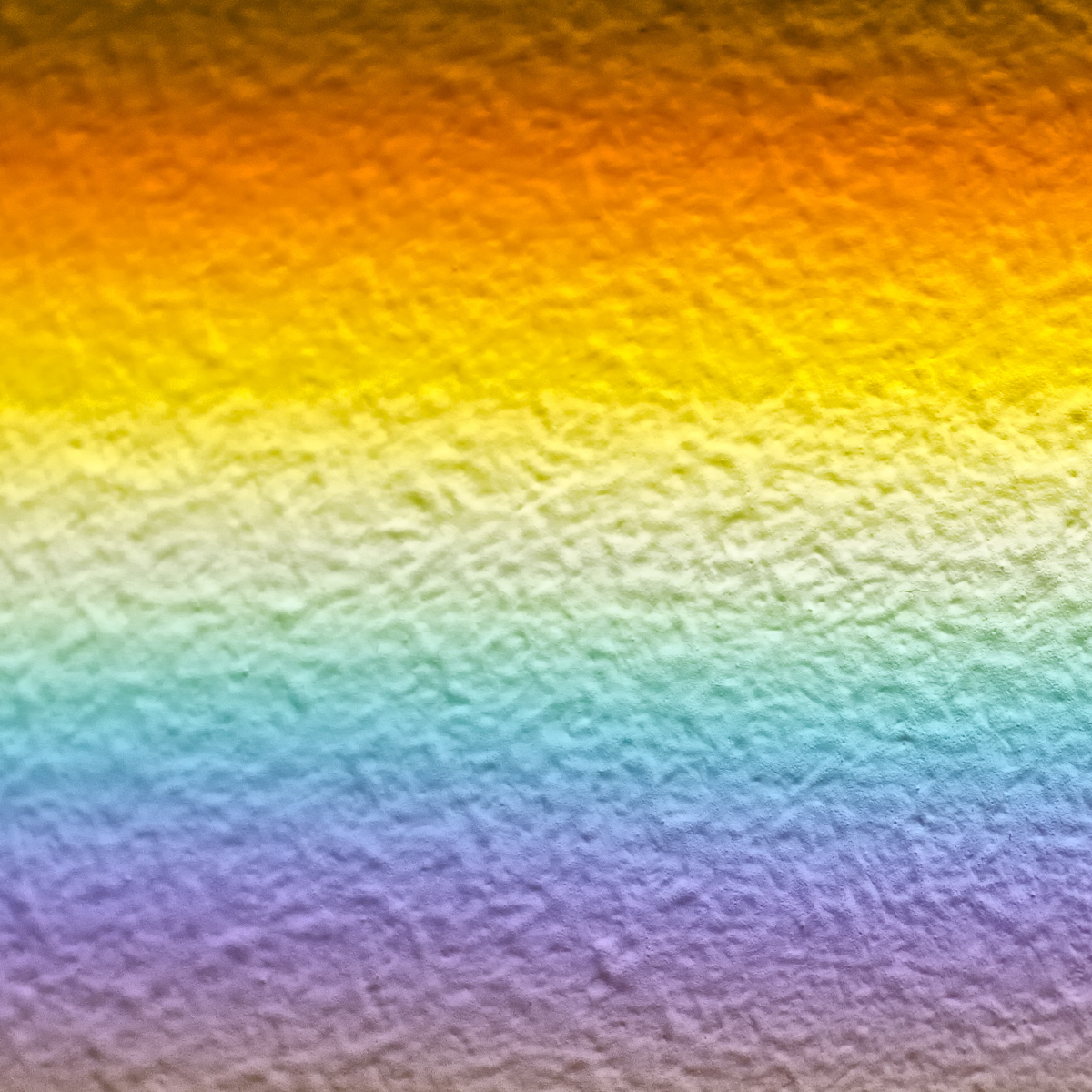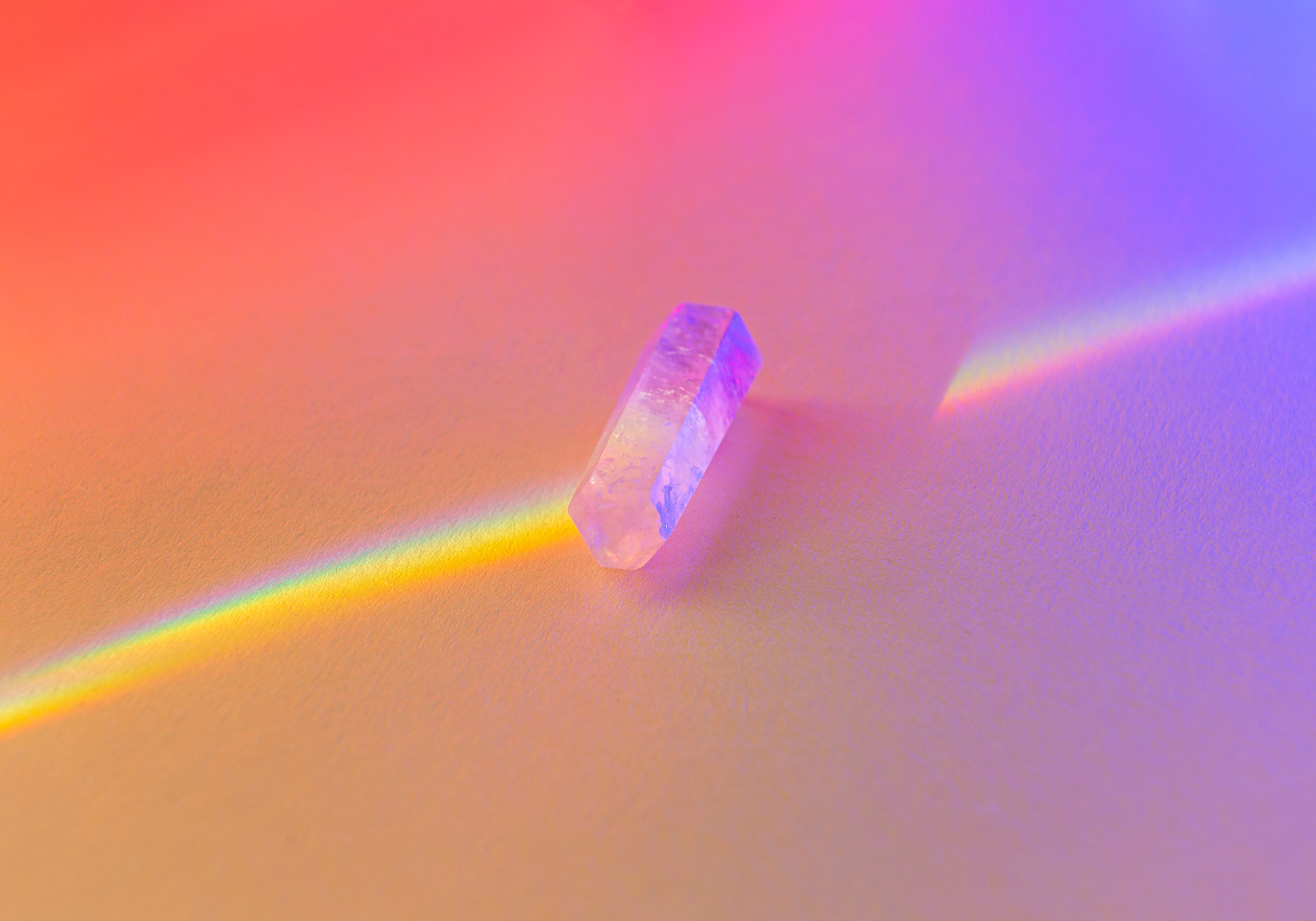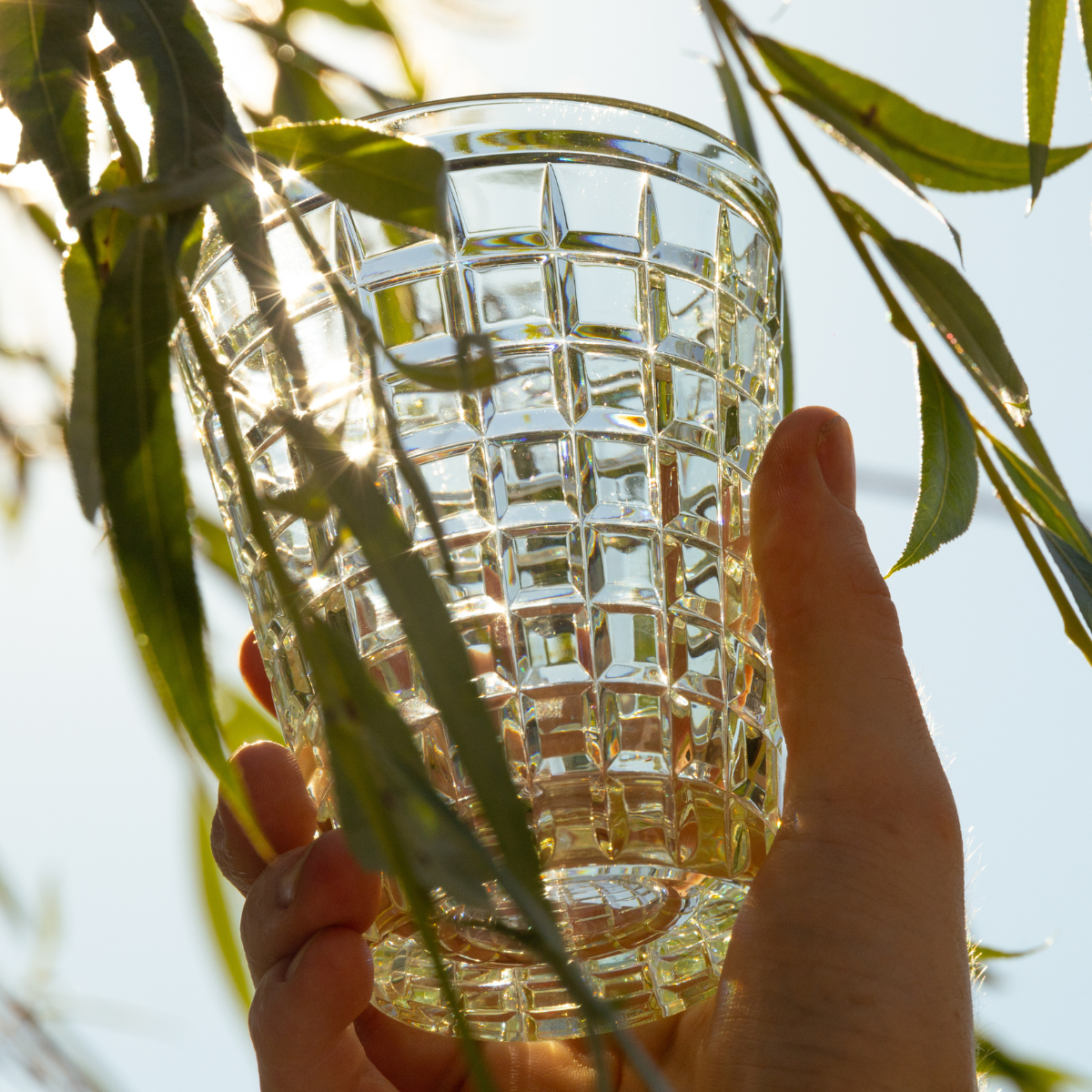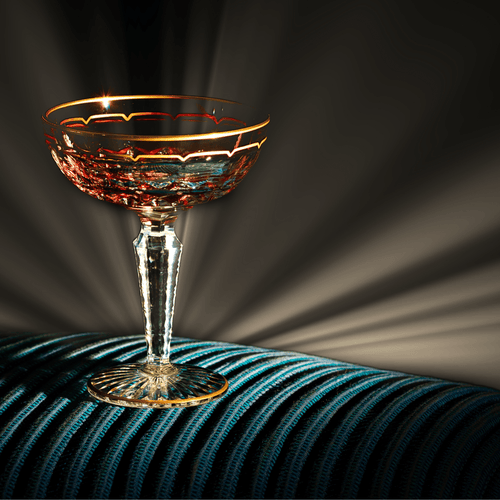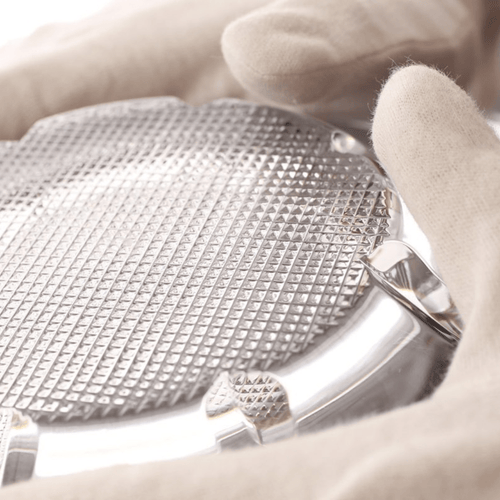
WHEN YOU WALK INTO A ROOM, WHAT DO YOU FEEL ?
With the release of Disney Pixar's latest film, Vice-Versa 2, on 19 June, every city in the world has been painted in bright, vibrant colours. A highly anticipated phenomenon, the animated film is a sequel to the first opus, released in 2014, and follows the different emotions that make up our being in the form of colourful animated personifications. That's why this month, Cristallerie de Montbronn has decided to focus on colours. A great asset of our company, our palette of coloured crystal now includes more than 14 colours and is a source of great pride, because crystal can also be colourful and emotional!


